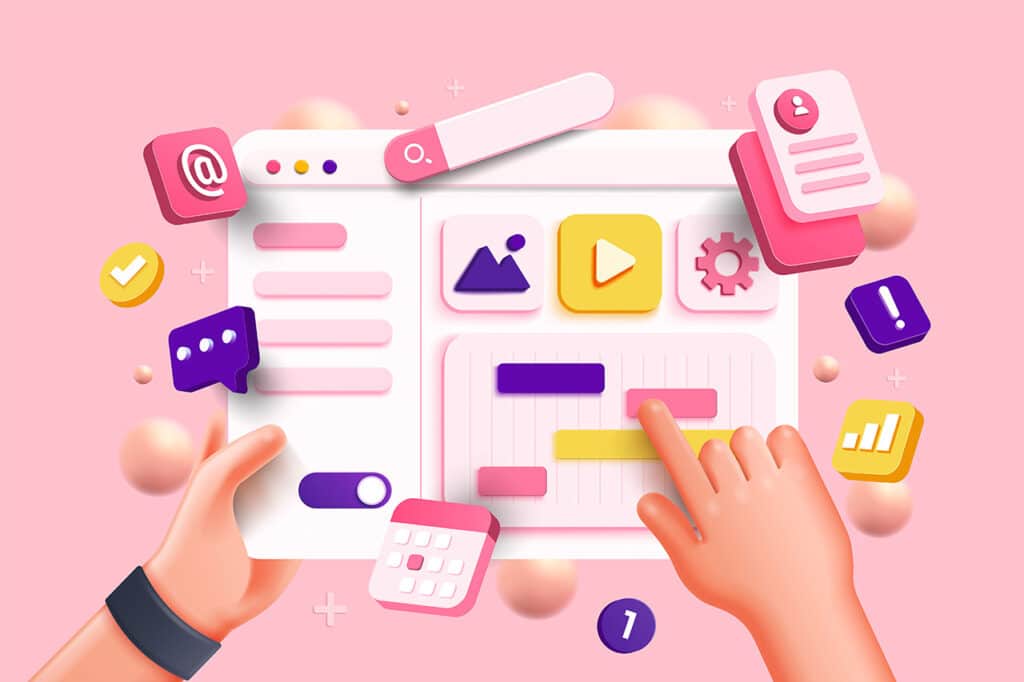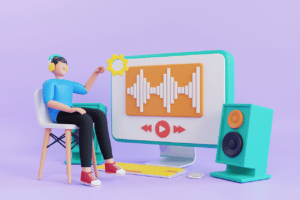Writing Effective Headings Can Make or Break Your Content
Headings are an essential part of almost any blog post. They help you guide readers through the content and help them find information that interests them. But writing effective headings is more than just throwing down a few words and calling it good—it’s about making sure those words are doing their job! In this post, we’ll cover how to write effective headings, why they’re so important, and what makes an effective heading stand out from the crowd.
READ: What is SEO / Search Engine Optimization?

Different Types of Headlines
There are three main types of headlines:
Informational: These headlines communicate relevant information to your reader and answer their question. They don’t usually make any kind of promise or offer, but instead just provide useful information. Example: “How to Write Effective Headings That Convert.”
Question: These headlines ask a question that readers will want to answer, then link directly to the article with an answer. Example: “Wondering How to Write Effective Headings That Convert?”
Promotional: Promotional headlines urge the reader to purchase something or take action in another way—often using urgency as a motivator for clicking on the link. Example: “The Ultimate Guide to Writing Effective Headings That Convert!”
Step 1: Understand Your Audience
To start, you’ll need to know who your audience is and what they want.
- What do they care about? (i.e., pain points)
- What are their goals?
- How can you help them get there?
READ: How Google Wants You to Engage with Your Customers
Step 2: Choose a Headline Type
There are a number of different types of headlines to choose from. Each type has its own unique flavor and purpose, so it’s best to pick one that fits your site and audience. Your choice will depend on the content you’re writing about, who your audience is, and what your goals are for the page:
- A list headline creates curiosity in readers by asking them to complete a task or think about something in a specific way. This technique works especially well when you want people to take action, like download an eBook or sign up for an email list. An example of this would be “7 Best Practices for Writing Effective Headlines”.
- A question headline gets readers thinking about what they want out of life and helps them visualize themselves achieving their goals by asking “What if…?” For example: What if you could write headlines that convert without being a marketing expert? You would probably start doing more reading about how effective copywriting works…and then maybe even start putting those tips into practice! (The actual answer is yes.)
- An imperative statement tells readers exactly what they need or should do next—for example: Buy my book! Sign up for my course! Join my mailing list today! This approach can be effective if your goal is simply increasing sales (or getting someone onto yours), but it doesn’t work very well as part of larger conversion strategy because it lacks empathy with potential customers; hence why some marketers also refer this method as “hard selling” strategies rather than soft.”

Step 3: Create a Headline That Connects or Resonates with Your Audience
A headline that resonates with your reader will connect with them in a way that’s personal and relevant to their needs.
For example, say you’re writing for an audience of mothers who are interested in starting a business from home. If I were to write a blog post about how to get started on social media platforms like Instagram and Pinterest, my headline would be something like “5 Instagram Marketing Tips for Moms.” The words “Instagram Marketing” could also be swapped out for any other social media platform that might interest this particular audience.
The key is creating headlines that are short and sweet but also interesting enough to keep people reading. You want readers’ eyes glued on your content so they can absorb all the valuable information within!
Step 4: Create a Headline That Delivers Value That Your Audience Cares About and Wants to Know More About
By now, you should understand the importance of writing headlines that deliver value. In fact, if you’re reading this guide, there’s a good chance that you already know it. However, if you don’t have experience creating headlines or want to make sure your headlines stand out from the crowd, here are some basic guidelines:
- Create headlines that address your audience’s needs and interests, then answer those needs in the body of the article or content. This is important because it shows that you understand what they need and are trying to do something about it—which is always appreciated by readers!
- Be sure to include a call-to-action in each headline so people know exactly what action they should take after reading through your post or article. For example: “Get our free guide on how to write great titles for your blog posts in 5 minutes.”
- Include keywords related to the topic at hand (e.g., “how” or “why”) so Google knows what kind of content type this page belongs under when ranking for relevant search terms; this will help increase traffic over time when done correctly).
Step 5: Insert Your Keyword at the Beginning of Your Headline When Possible
Now that you’ve got a headline, it’s time to take a look at your keywords. You want your content to rank for those keywords, which means you need to consider how often they appear throughout the rest of your page.
Here’s what happens when Google sees too many instances of a keyword: It can hurt your ranking potential—or even cause it to be penalized altogether! What this means is that if you are going to use them in headlines or subheads, then make sure that they’re there as well. A good rule of thumb is one per paragraph (including headers).
Here is a great article from WordStream on the dangers of keyword stuffing.
Writing all headlines is a skill, but you’ll get better with practice.
Practicing your headline writing skills is a good way to improve. Start with the basics and then move on to more advanced techniques and strategies.
It’s important to remember that headlines are not just random words strung together; they’re carefully crafted, designed to elicit emotional responses from readers. They are also an art and science, requiring skill and experience in order for them to work effectively.
If you want your content to get attention, it’s best practice for you or someone on your team (if you have one) who has experience with writing effective headlines.
READ: How to Design a Website? 10 Tips on Effective Website Design

Writing effective headlines is an art and science but needs to be done for your content to get the attention it deserves.
Headlines are used for SEO purposes. They should contain keywords that are relevant to what you’re writing about, and they should be compelling enough that people will click through to read more of your content. If you have a long-form piece or a series of articles, the headline is also the first thing people see when they land on your site after searching for something specific in search engines like Google or Bing (which is why it’s so important).
Your headline can make or break your content getting noticed by readers—so make sure that you spend some time crafting it! It should be interesting enough so that someone wants to read more about whatever topic you’re covering; but not so clickbait-y as to risk turning off potential readers who might feel misled by false promises made in its promise (e.g., if someone clicked through expecting a listicle about “10 things everyone needs,” only finding out halfway down into reading their article that actually only five things were mentioned). In addition…
Conclusion
I hope this article helped you understand the basics of writing effective headlines. The best way to do that is to keep learning and trying new things. Remember that there are many ways to write headlines, so don’t be afraid if your first few attempts don’t work out as planned – just keep practicing!
Need to focus on your business and not headlines? We can help, we love strategizing and creating strong content plans. Reach out to us directly at hello@bethesquare.com or call 833-277-8273





